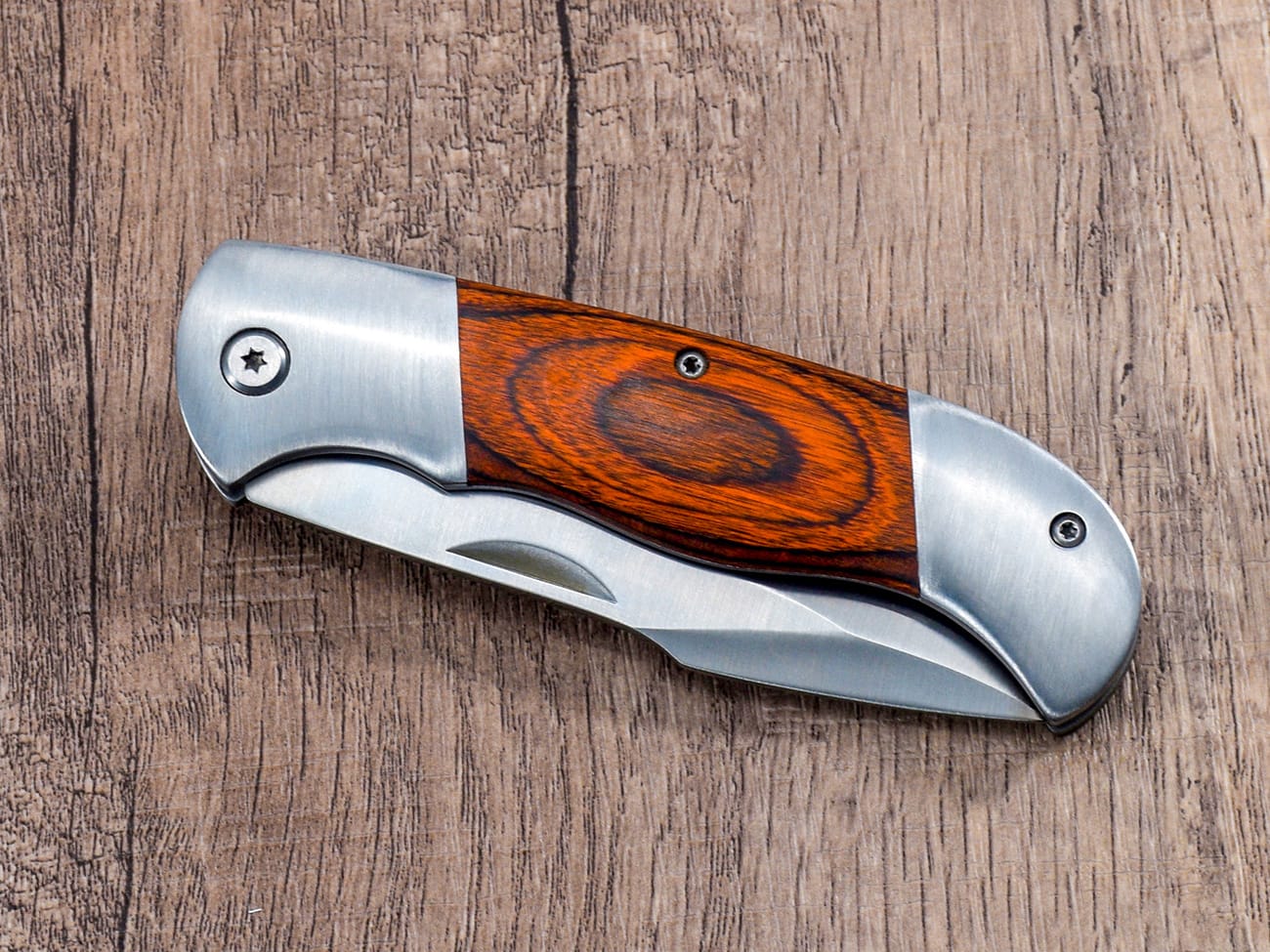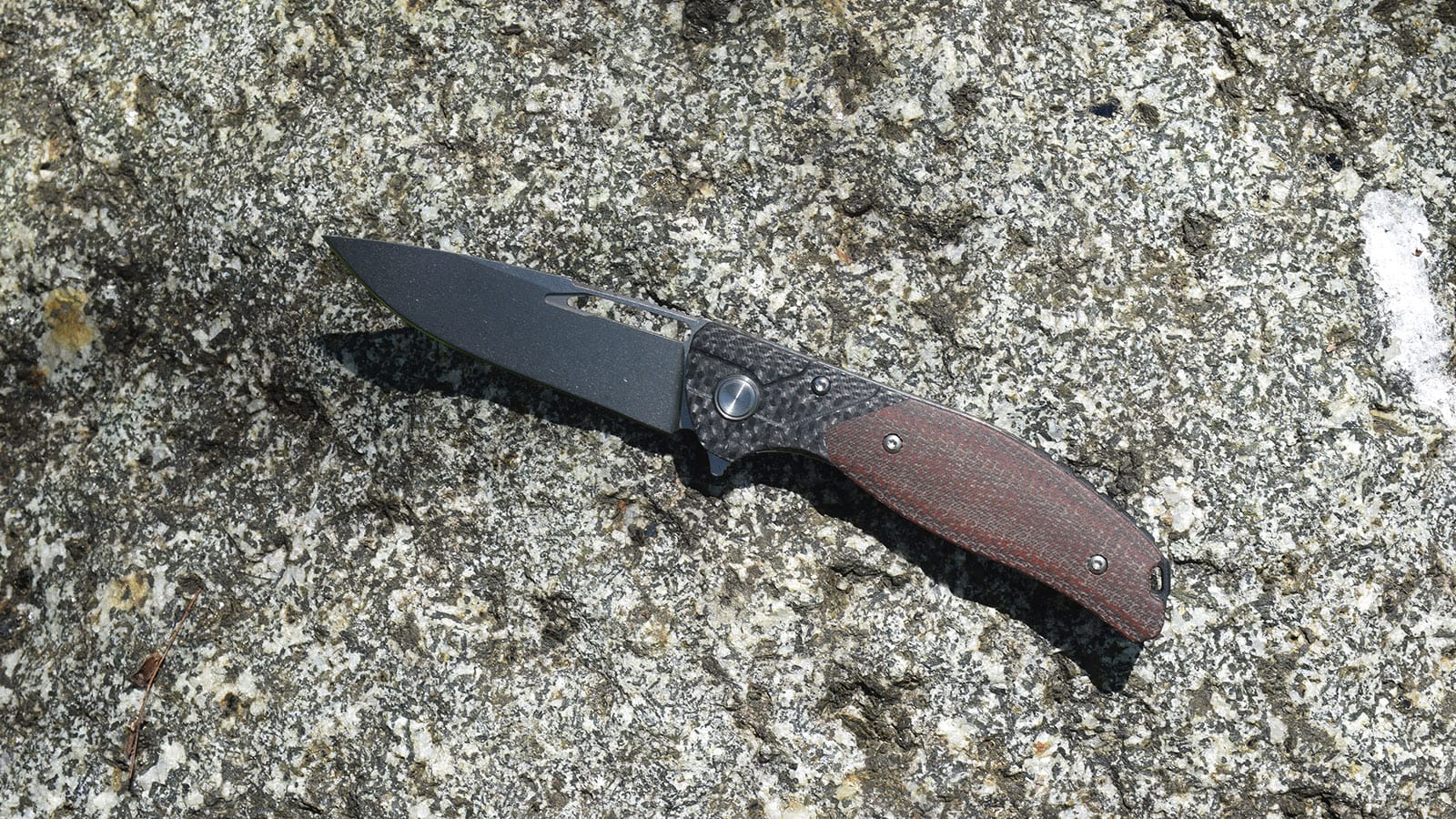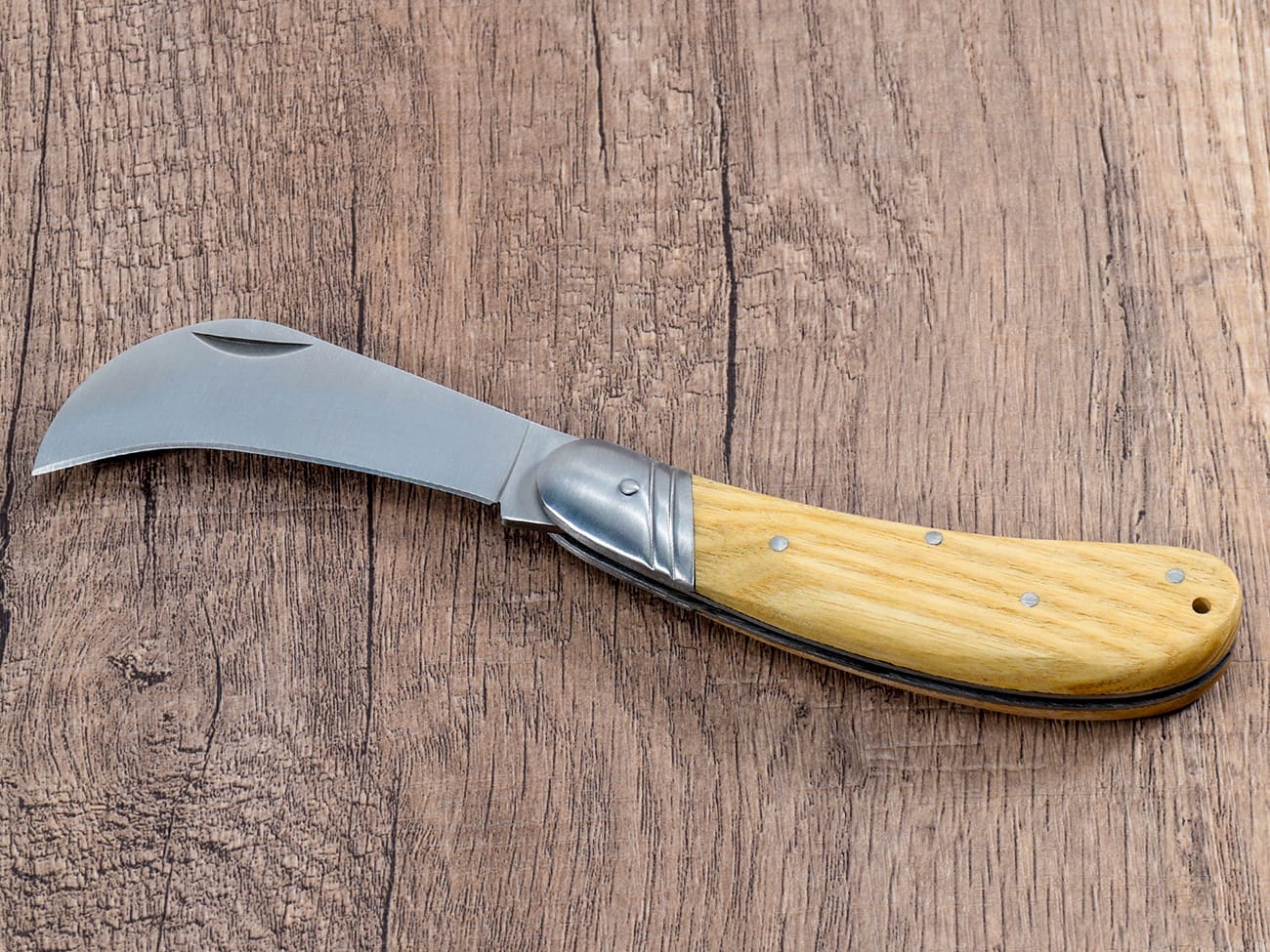Are you curious about how to judge the sharpness of your knife? Whether you’re a professional chef, an outdoor enthusiast, or simply someone who appreciates a well-maintained kitchen, understanding knife sharpness is crucial. This comprehensive guide will walk you through various methods to test your knife’s edge, helping you ensure your blades are always in top-notch condition. From traditional techniques to modern approaches, we’ll cover everything you need to know about assessing and maintaining the sharpness of your knives.
Why Is Knife Sharpness Important?
Before we dive into the testing methods, let’s briefly discuss why knife sharpness matters:
- Safety: A sharp knife is actually safer to use than a dull one, as it requires less force and provides more control.
- Efficiency: Sharp knives make cutting and slicing tasks quicker and easier.
- Food quality: Properly sharp knives preserve the integrity of ingredients, especially in professional kitchens.
- Longevity: Regular sharpness testing helps maintain your knives, extending their lifespan.
Now, let’s explore the various ways to test your knife’s sharpness.
The Paper Test: A Classic Approach
One of the most well-known and straightforward methods to test knife sharpness is the paper test. Here’s how to do it:
- Hold a sheet of paper vertically by one edge.
- Using your other hand, try to slice through the paper starting at the top.
- A sharp knife should be able to cut cleanly through the paper with minimal pressure.
- If the knife tears the paper or struggles to cut, it likely needs sharpening.
This test is particularly effective because paper fibers are delicate and require a truly sharp edge to cut cleanly. It’s a quick and easy way to gauge your knife’s sharpness without any special equipment.
The Tomato Test: Precision in the Kitchen
For those working with kitchen knives, the tomato test is an excellent way to assess sharpness:
- Choose a ripe tomato with taught skin.
- Attempt to slice the tomato using only the weight of the knife.
- A sharp knife should easily pierce the skin and slice through the flesh without crushing the tomato.
- If you need to apply pressure or saw back and forth, your knife needs sharpening.
This test is particularly useful for chef knives and other kitchen blades, as it mimics common cutting tasks.
The Arm Hair Test: Proceed with Caution
While not recommended for everyone, the arm hair test is a traditional method used by many knife enthusiasts:
- Carefully and gently run the blade across a small patch of arm hair.
- A truly sharp knife will cleanly shave the hair with minimal pressure.
- If the knife pulls at the hair or fails to cut, it’s not considered razor-sharp.
Warning: This test should only be performed by experienced individuals and with extreme caution to avoid injury.
The Fingernail Test: A Quick Check
The fingernail test is a quick way to assess your knife’s edge:
- Gently place the edge of the blade on your fingernail at a 45-degree angle.
- Without applying pressure, try to slide the blade along your nail.
- A sharp knife will grip the surface of your nail and not slide.
- If the blade slips easily, it’s likely dull and needs sharpening.
Remember to be extremely careful when performing this test to avoid injury.
The Slicing Test: Practical Application
To test your knife in a more practical scenario, try the slicing test:
- Choose a soft vegetable like a ripe cucumber or zucchini.
- Attempt to slice it as thinly as possible.
- A sharp knife should produce thin, even slices with minimal effort.
- If you struggle to make thin slices or the vegetable gets crushed, your knife needs attention.
This test is particularly useful for assessing the overall performance of your knife in real-world cutting tasks.
Using a Sharpness Tester: The Modern Approach
For those seeking a more objective measure of sharpness, there are specialized tools available:
- Edge-On-Up Tester: This device measures the force required to cut through a standardized material.
- BESS Certified Testers: These provide a numerical sharpness score based on a standardized scale.
- Optical comparators: These allow you to visually inspect the edge at high magnification.
While these tools can provide precise measurements, they’re typically used more in professional or enthusiast settings rather than everyday kitchens.
The Thumb Test: For Experienced Users Only
Caution: This test should only be performed by those with significant experience handling knives.
- Very lightly draw your thumb perpendicular across the blade edge.
- A sharp knife will feel “sticky” and grab at your skin slightly.
- A dull knife will feel smooth and glide easily.
Never apply pressure or move your thumb along the edge, as this can cause serious injury.
Assessing Different Types of Knives
It’s important to note that different types of knives may require slightly different testing methods:
- Folding knives: Often tested with the paper or arm hair test due to their compact nature.
- Japanese knives: Known for their extreme sharpness, these may excel in the tomato or cucumber slicing test.
- Serrated knives: These require different testing methods, often focusing on their ability to saw through tough materials like bread crust.
Maintaining Your Knife’s Edge
Once you’ve tested your knife and determined its sharpness, it’s crucial to maintain that edge:
- Regular honing: Use a honing steel to realign the edge between sharpenings.
- Proper storage: Store knives in a knife block or on a magnetic strip to protect the edge.
- Correct cutting surfaces: Always use cutting boards made of wood or soft plastic.
- Professional sharpening: Consider having your knives professionally sharpened periodically.
For those interested in maintaining their own knives, learning to use a whetstone can be a valuable skill.
When to Sharpen Your Knife
Knowing when to sharpen your knife is as important as knowing how to test its sharpness. Here are some signs that indicate your knife needs sharpening:
- Fails any of the above tests
- Requires more pressure to cut through foods
- Produces uneven or crushed cuts
- Slips off foods instead of cutting into them
- Feels less precise or controllable during use
Regular testing and maintenance will help you keep your knives in optimal condition, ensuring they’re always ready when you need them.

A sharp folding knife with a pakkawood handle, ready for various cutting tasks
Conclusion: Mastering Knife Sharpness
Understanding how to judge the sharpness of a knife is an essential skill for anyone who regularly uses knives, whether in the kitchen, outdoors, or for professional purposes. By employing these testing methods and maintaining your knives properly, you can ensure that your blades are always performing at their best.Remember these key points:
- Regular testing helps maintain knife performance and safety
- Different tests suit different types of knives and situations
- Proper maintenance is crucial for keeping knives sharp
- Always prioritize safety when handling and testing knives
- Consider the specific needs of your knife based on its intended use
By mastering the art of testing and maintaining knife sharpness, you’ll not only improve your cutting experience but also extend the life of your valuable blades. Whether you’re a professional chef, a camping enthusiast, or simply someone who appreciates a well-maintained kitchen, these skills will serve you well in all your cutting endeavors.




